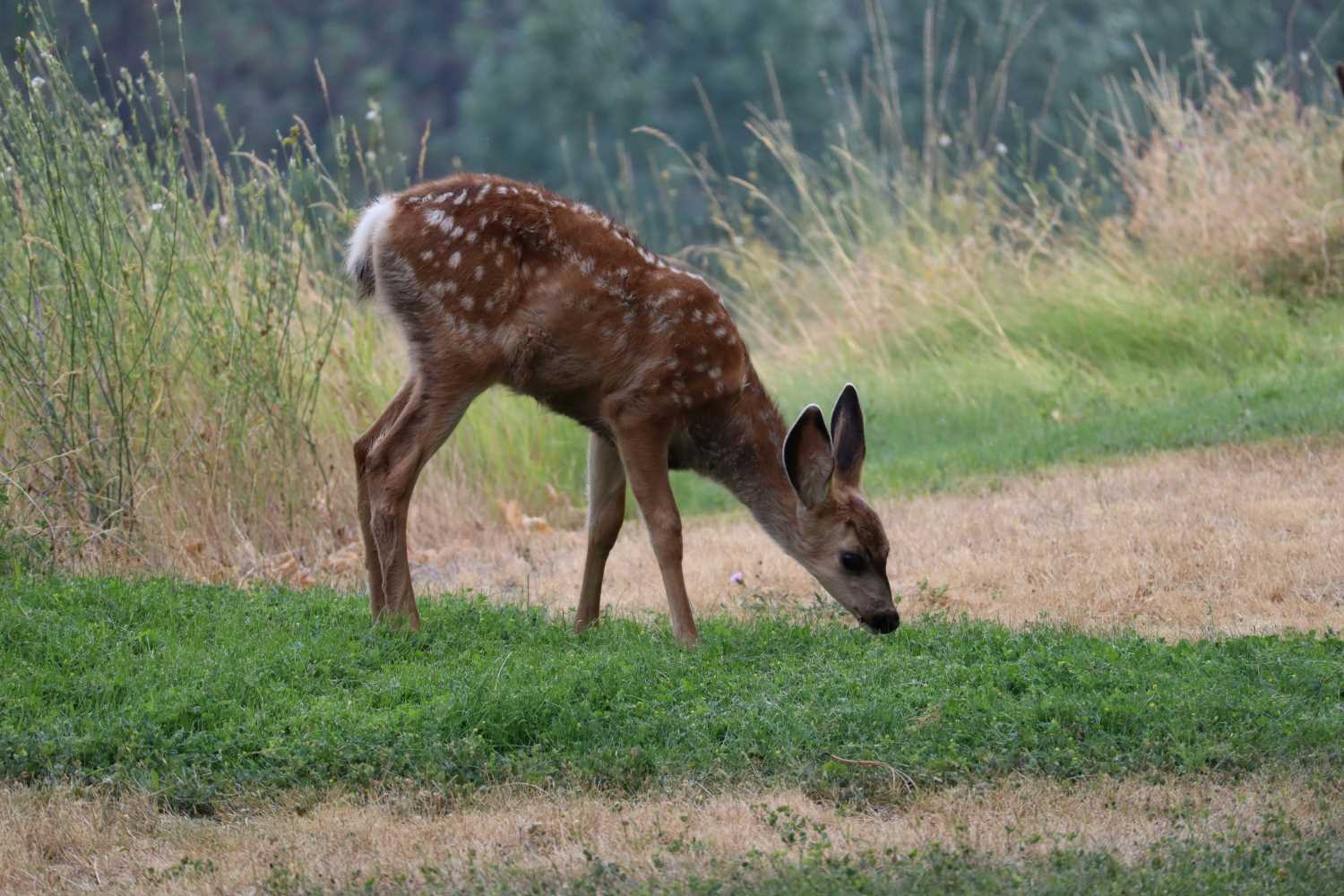Beginner's Guide | Hunting in Mark Twain National Forest
Table of Contents
Mark Twain National Forest Hunting
Situated in the center of southern Missouri, the 1.5 million-acre Mark Twain National Forest provides a rich and varied hunting experience. Hunters seeking adventure and seclusion will find it to be a very desirable location because to its expansive wilderness regions, rough terrain, and plenty of game species. This is an in-depth look at what makes hunting in the Mark Twain National Forest special and rewarding.
Key Takeaways
- Size and Location: Spans 1.5 million acres across southern Missouri.
- Game Species: Includes deer, turkey, rabbit, squirrel, woodcock, mourning doves, ducks, raccoon, bobcat, fox, and coyote.
- Regulations: Managed by the Missouri Department of Conservation (MDC), with varying regulations across different forest sections.
- Access and Fees: No fees for hunting; some areas restrict motorized vehicle access.
- Scouting and Preparation: Critical for successful hunting; use tools like maps, Google Earth, and MDC harvest reports.
- Special Areas: Includes Wilderness Areas, Non-motorized Semi-primitive Areas, and Walk-in Turkey Hunting Areas.
What to expect
Mark Twain National Forest provides more than a million and a half acres. There are several regions inside this vast forest, each with its own special qualities and opportunities. There is something for every hunter, whether they like the rough beauty of the Eleven Point region or the thick hardwoods of the Houston/Rolla tract.
The topography of the forest is quite varied, ranging from tranquil lakes and rivers to undulating hills and thick forests. This diversity gives hunters the chance to explore various environments and terrains in addition to providing a home for a diverse range of species.
Game Species and Hunting Regulations
The Missouri Department of Conservation (MDC) regulates all hunting activities within the forest. The species available for hunting are as diverse as the forest itself. Popular targets include deer, turkey, rabbit, squirrel, woodcock, mourning doves, ducks, raccoon, bobcat, fox, and coyote.
Hunters should familiarize themselves with the Missouri Wildlife Code, which outlines the seasons, hours, license requirements, and bag limits for each species. This code is readily available on the MDC website and is crucial for ensuring compliance and sustainability.

Access and Special Regulations
- It is prohibited to hunt within 150 yards of residences, campsites, or roads.
- Hunting is not allowed on administrative sites or certain lakes unless otherwise posted.
- Only portable deer stands are allowed, which must be labeled with the hunter’s name and address.
Hunting in Mark Twain National Forest is accessible without any fees from the Forest Service. However, certain areas are closed to motorized vehicle travel, providing a more remote hunting experience. These regions include designated Wilderness Areas, Non-motorized Semi-primitive Dispersed Recreation Management Areas, and Walk-in Turkey Hunting Areas, especially during the Spring Turkey season.
Wilderness Areas like Bell Mountain, Hercules Glades, and the Irish Wilderness are entirely closed to mechanical travel, including bicycles. This restriction ensures these areas remain pristine and offer a truly wild hunting experience.
Hunting Spots
Cedar Creek: Located near Columbia and Jefferson City, this 15,000-acre section offers accessible hunting opportunities with facilities like Carrington Pits and trails such as the Cedar Creek Trail.
Houston/Rolla: Spanning 190,000 acres, this area is characterized by rolling hills and hardwood forests. Notable spots include the Paddy Creek Wilderness and the Big Piney Trail.
Potosi, Salem, and Fredricktown: These areas feature significant wilderness like Bell Mountain and Rock Pile Mountain, providing elevated hunting experiences in the St. Francois Mountains.
Poplar Bluff: With 150,000 acres, this section is defined by the presence of Lake Wappappello and the Black River. It’s crucial to understand private land boundaries within this forest section.
Eleven Point: Covering 180,000 acres, it includes the Eleven Point Wild and Scenic River area and the Irish Wilderness. Canoe-based hunting along the river is a unique approach here.
Additional Information
- Hunting Maps: Mark Twain National Forest Hunting Maps.
- Forest Service: Hunting information.
Recommended Gear
Having the proper equipment is crucial when hunting in the Mark Twain National Forest. The right gear makes all the difference. Check out our collection of hunting gear for your next adventure.